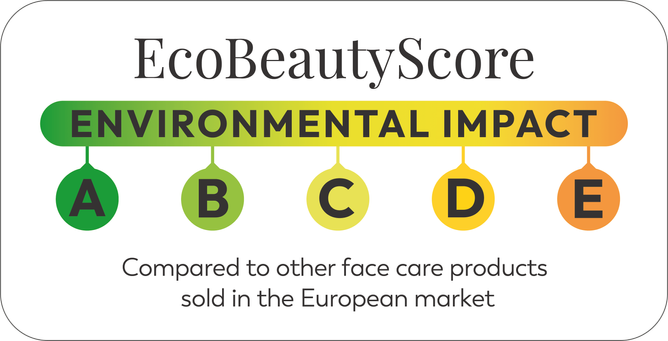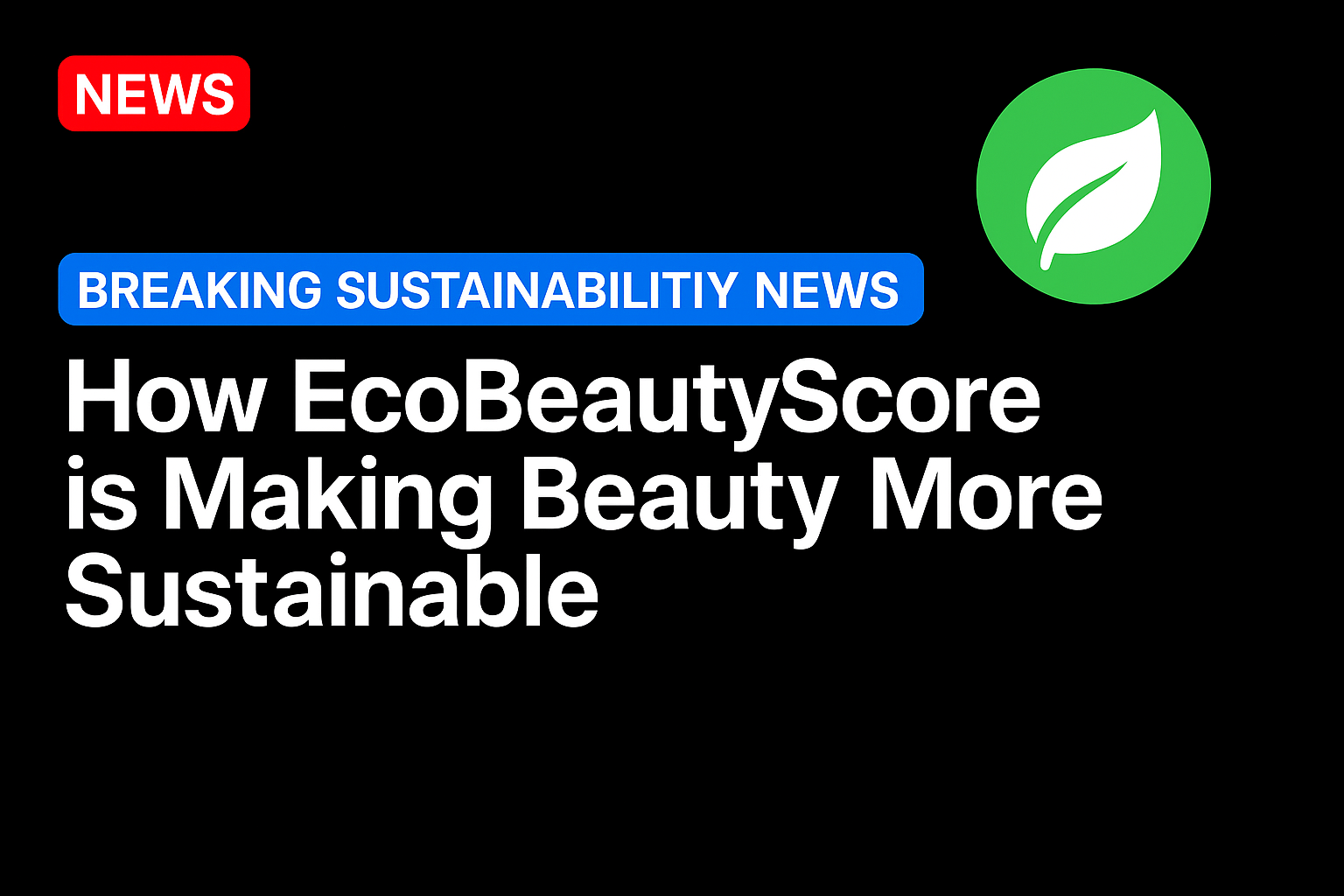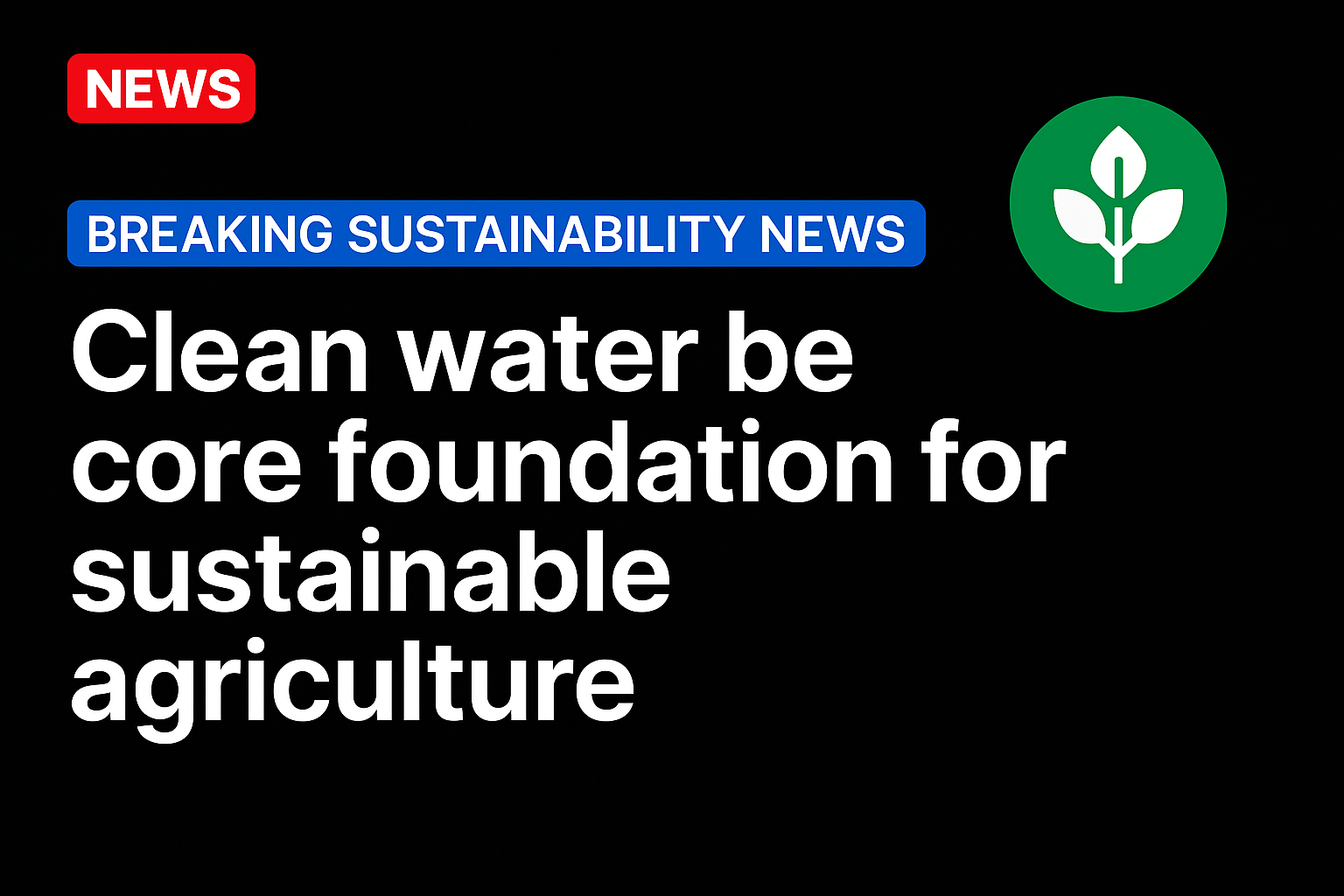Science-based environmental score system EcoBeautyScore has launched in Europe, backed by brands including L’Oréal Paris, Neutrogena, Nivea Q10 & Eucerin
Consumer spending on beauty and personal care products in Europe is expected to top US$150bn by 2025.
As this figure rises, so does the demand for more sustainable choices. Yet, a persistent gap exists between aspiration and action – 51% of European consumers remain sceptical about the authenticity of brands’ environmental claims, doubting whether “eco-friendly” labels truly reflect a product’s impact.
The EcoBeautyScore Association, a non-profit, aims to close this gap.
“EcoBeautyScore is a much-needed step towards greater transparency in the beauty industry. Today’s consumers expect to make informed, responsible choices – but that’s only possible if we all measure sustainability in the same way. Until now, there’s been no consistent, credible standard,” explains Jean-Baptiste Massignon, Managing Director, EcoBeautyScore Association.
“This independent, science-based scoring system – developed not-for-profit and designed to be accessible to both global brands and smaller independents – is helping level the playing field. It provides a common language for planetary impact, regardless of a brand’s size or in-house sustainability expertise.

“Some products may not score highly at first, but that’s part of the power of the system: it offers a starting point, not a verdict. It shows willingness, invites progress, and makes eco-scoring something no longer reserved for the few – but a shared commitment to transparency across the industry.”
What is EcoBeautyScore?
Developed over three years, in partnership with more than 70 major cosmetics and personal care companies and industry associations, the EcoBeautyScore shines a light on each product’s environmental footprint, making sustainability claims clearer and more credible for consumers and retailers alike.
EcoBeautyScore is backed by some of the sector’s biggest names, including L’Oréal Paris, Neutrogena, Nivea Q10 and Eucerin, and is poised to transform how brands and consumers assess the environmental impacts of their favourite products.

“As Global Head of Product Resiliency and Sustainability, part of my role is ensuring we put science at the core of how Kenvue provides care,” explains Oliver Price, Global Head of Product Resiliency and Sustainability at Kenvue.
“We are committed to improving the environmental performance of our products and providing greater transparency for our customers, and the EcoBeautyScore method’s robust scientific and third party-assured methodology aligns well with our values.
“That’s why we have already begun using EcoBeautyScore to measure and publish scores for products such as the Neutrogena Hydro Boost Aqua Gel in Germany.”
Rooted in the robust science of the EU’s Product Environmental Footprint (PEF) methodology, the EcoBeautyScore grades products from A (lowest environmental impact) to E (highest impact).
It considers the whole life cycle, with an evaluation process that looks at:
- Ingredient sourcing (including farming, extraction and transportation)
- Packaging materials (type, weight, recyclability)
- Product use phase (water, energy and chemical runoff)
- End-of-life disposal (recyclability, likelihood of landfill or ocean pollution)
This all-encompassing approach offers a transparent and uniform metric in an industry notorious for greenwashing and inconsistent environmental claims.

“Calculating the environmental impact of a beauty product is an inherently complex process that has traditionally required expert analysis,” explains Laurent Gilbert, Scientific Director, EcoBeautyScore.
“What we’ve done with EcoBeautyScore is distil that complexity into a scientifically robust, yet accessible scoring platform.
“Grounded in the methodology recognised by the European Commission as the most effective to measure environmental footprint, it evaluates a product’s impact across 16 dimensions, including carbon emissions, water usage and resource depletion.
“This level of detail gives brands and retailers a clear understanding of areas for improvement, while providing consumers with a simple, transparent score to guide more sustainable choices. It is both technically rigorous and easy to understand, and that combination is what makes it a powerful tool for driving progress in the beauty industry.”
Now, brands are required not just to measure but also to publish scores, starting with four product categories:
- Shampoo
- Conditioner
- Body wash
- Face care.
Open platform, global ambitions
The system is open to all cosmetics and personal care manufacturers, from multinationals to emerging startups. The approach is both inclusive and practical: the platform is free to trial and comes with onboarding support for brands of all sizes.
After its initial roll-out in Europe and the UK, EcoBeautyScore will expand to other markets and additional product categories, aiming for global coverage over the coming years.
“EcoBeautyScore gives the beauty industry the transparency tool it has long been missing,” says Jean-Baptiste.
“For the first time, brands can communicate their environmental impact in a way that is science-based, consistent and easy for consumers to understand. Through a simple-to-use scoring platform, companies have access to a wealth of data about the environmental hotspots of their products, making it accessible for brands of all sizes, no matter their sustainability expertise.
What does this mean for retailers and brands?
On both sides of the transaction, increased transparency is a key benefit of EcoBeautyScore – retailers can communicate credible product scores to consumers, which in turn helps them make more informed choices.
Early adopters like L’Oréal Paris, Neutrogena, Nivea Q10 and Eucerin are already displaying scores on select product lines, enforcing their positions as leaders in sustainable beauty.
The tool provides an actionable framework for brands looking to improve their environmental performance—and publicly demonstrate progress.
“It’s encouraging to see pioneering companies begin publishing their scores, it marks an important milestone of collective openness and accountability across the sector,” says Jean-Baptiste.
“We know this won’t happen overnight, but this is how progress starts: with a shared framework, honest data and a commitment to informing better choices for the planet.”
Source: https://sustainabilitymag.com/




